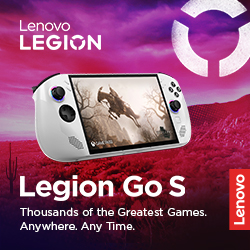The Flesh and Blood TCG has only been around for a couple of years in the Philippines, yet it has experienced growth unlike any other trading card game released before. I, too, have been playing it for a while, and in this article, I’ve listed several good reasons why you should try it as a new hobby.
It’s Easy To Learn
Learning the Flesh and Blood TCG (FaB TCG) is surprisingly easy. You have a Hero, a full suite of equipment, and a deck with all of your attacks and abilities in it. Your cards can be used to attack, defend, or pay for your other cards. You then use all of those to defeat the opposing Hero by dealing damage and reducing their health to zero.
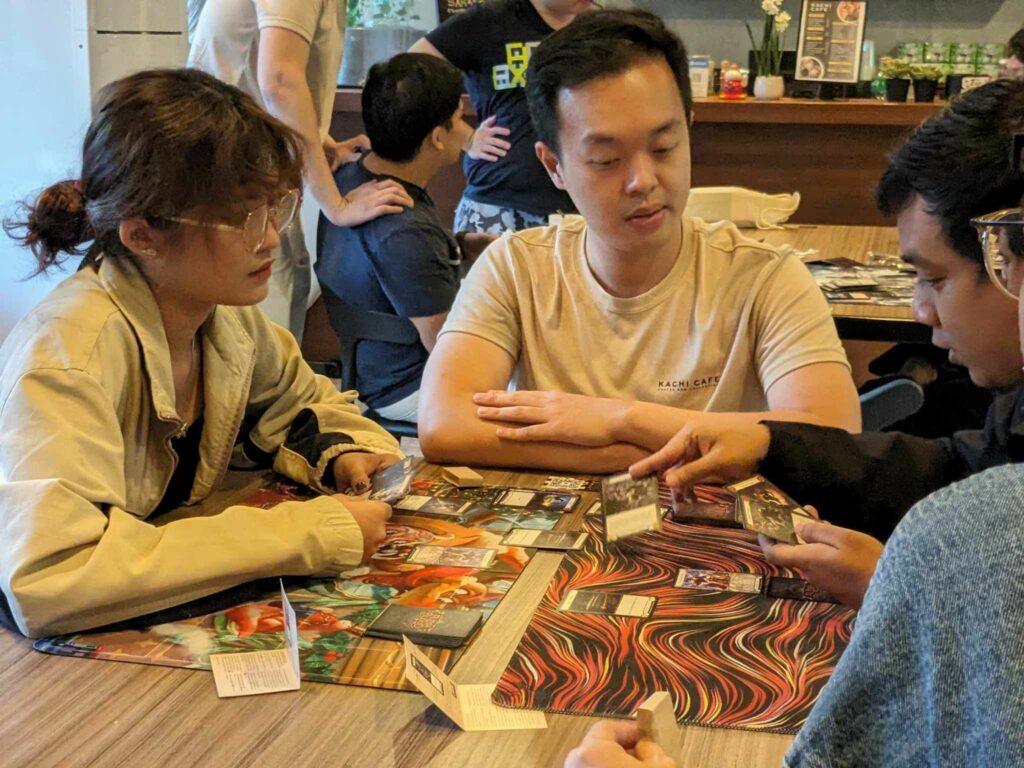
It’s pretty much like a fighting game, or player versus player (PVP) in other games, with less emphasis on raw finger dexterity and reaction times and more on strategy and good decision-making.
In fact, besides the basic rules, all you need to learn at the start is how your Hero functions and how their game plan works. You will then discover the rest along the way as you fight with other Heroes.
Multiple Heroes and Classes To Choose From
Each Hero in the Flesh and Blood TCG belongs to one of the game’s many Classes. Your Hero’s ability, specialization, and Class determine the playstyle and strategy that they are best at—and there are a lot of Heroes to choose from in FaB.
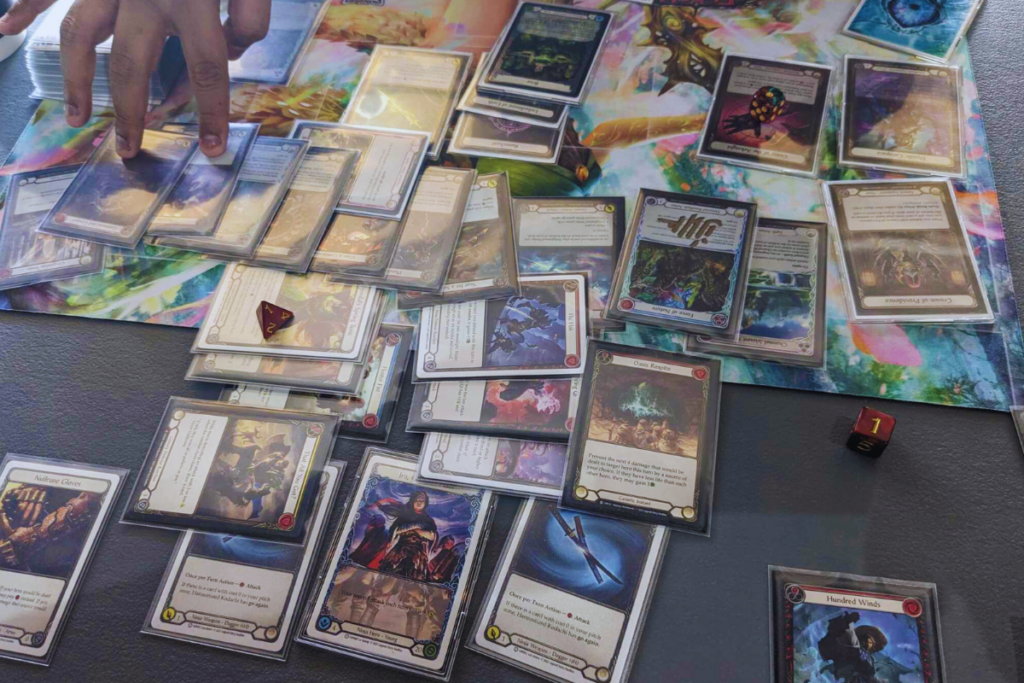
For example, Fai is a Ninja who’s a glass cannon with all-out offense and barely any defense. Dorinthea is a flexible Warrior who can balance offense and defense equally well. Kano is a Wizard who sets up his deck to kill the opponent in one go using a barrage of spells just when they thought they were winning. Bravo is a Guardian who prefers to dominate his opponents with one huge attack per turn that leaves them crushed.
Rewards Good Play and Decision-making
Part of what makes the Flesh and Blood TCG a lot of fun is its nonlinear and open-ended gameplay, where the “optimal” play changes each time depending on what’s currently happening. For example, it might be a good idea to use a card for defense in certain situations and matchups but for offense in others because it’s more effective there.
In fact, one of the fastest ways to get better is by reviewing your crucial decisions during a match and checking which led to victory or defeat.

Because of this, Hero mastery in FaB matters more than hopping from one strong deck to another. Some players actually become famous for being “specialists” of their favorite Heroes and doing very well with them because they know how to handle even the most difficult situations and come up on top.
There will always be lucky moments (after all, this is still a card game with inherent variance built-in), but most of the time, those are just byproducts of making good decisions and setting yourself up for it to happen in the first place.
You Don’t Auto-Lose / No Resource Screw
One of the things that makes Flesh and Blood TCG unique is that you can’t lose a game automatically just because you cannot find specific types or amounts of resources.
Because each card in FaB can be used for offense, defense, or as a resource, what matters more is navigating the opportunity costs of using the cards in your hand to get the most value out of them.
Multiple Formats To Choose From
Flesh and Blood TCG has multiple formats to enjoy, depending on how you want to play the game. Competitive players will definitely enjoy the Classic Constructed (CC) format, which is often used for premiere events in the game, where higher life totals and longer matches reward player skill, matchup knowledge, Hero mastery, and the ability to navigate all stages of the game properly.
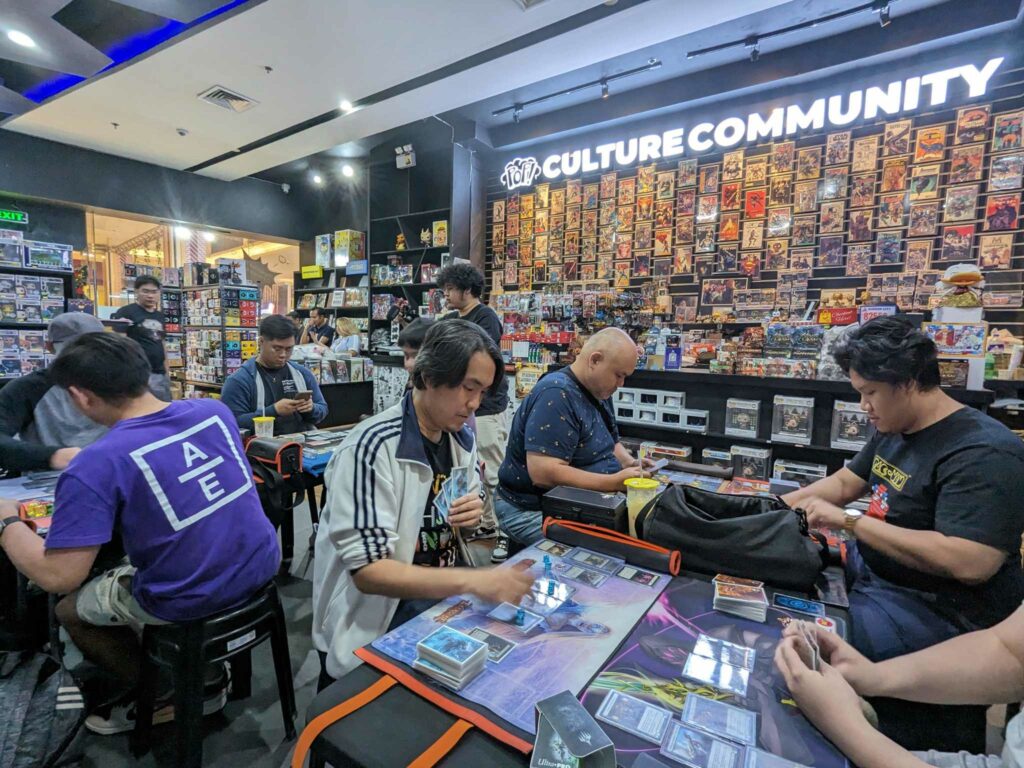
Blitz plays out a lot faster than CC because of the lower health totals and smaller deck sizes. It is often more about the mad rush to force (or counter) each other’s game plan until one side gets overwhelmed. It also enjoys a larger pool of Heroes and a wider variety of decks.
Commoner, like Blitz, is a smaller, faster, more casual format that uses only common rarity cards in the deck and up to rare cards for equipment. Because it’s cheap to build a commoner deck and the cards’ relatively low power level, it’s a great way to teach and get people into the game without needing to spend a lot.
Great Local Community
I’ve experienced a lot of local gaming communities over the years and I can confidently say that our local Flesh and Blood TCG community here in the Philippines is one of the best to be a part of. Players generally treat each other well, look after their friends, and welcome new members. Community leaders are visible, generous, and active in promoting and helping the game grow through different events. There are fun rivalries both between individual players and teams. Finally, going to Armories weekly feels more like hanging out with friends to relax rather than competing.
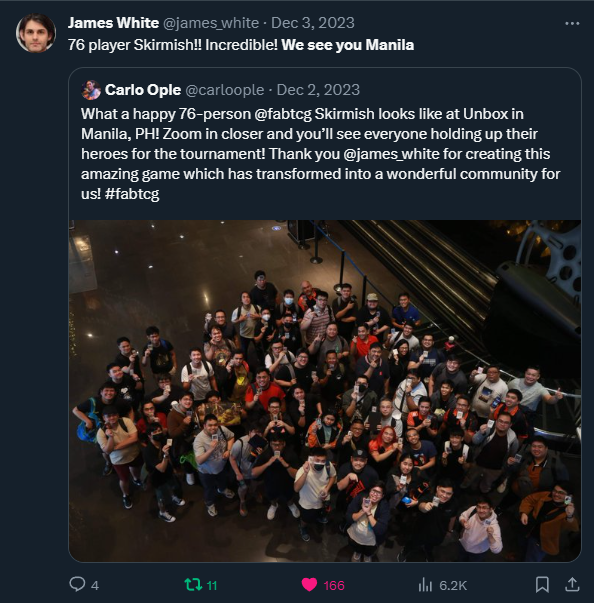
While there will always be some growing pains as the game gets bigger in the country, I’m pretty confident that our FaB community will only get better for it. Even the game’s creator, James White, has recognized our country’s efforts to grow the game.
Best Organized Play Program By Far
Legend Story Studios (LSS), the makers of Flesh and Blood TCG, try their best to make the game rewarding no matter what level you play it – from monthly promo cards in weekly Armories to the coveted Gold Cold Foil Legendary cards that can only be acquired from the most prestigious tournaments.
However, the best incentive for playing the game competitively is their $1,500,000 Pro Play Circuit which runs throughout the year and spread throughout multiple international Battle Hardened and Calling events, local National Championships, and culminates in a couple of Pro Tours, and the World Championship.

In fact, the Philippines is very fortunate to host not just one but THREE prestigious events that are part of the Pro Play Circuit: Battle Hardened Manila, which finished earlier this year, The National Championship in June, which has a prize pool of at least $10,000 (PHP 550,000), and finally the big event that all of the community growth and effort has led to – Calling Manila on August 16, which has a bigger combined prize pool of at least $12,500 (PHP 700,000) and cements the country as one of the premiere locations for FaB TCG in the Southeast Asian region!

The Philippines Is Doing Pretty Well In The Game
Did you know that our country enjoys the honor of being the first ever to have a Battle Hardened and a Calling in the very same year? That we currently hold records for the biggest single Armory and Skirmish tournament in the world? This is all thanks to the combined efforts of the players who support the game and community leaders who promote our country in the international FaB scene.
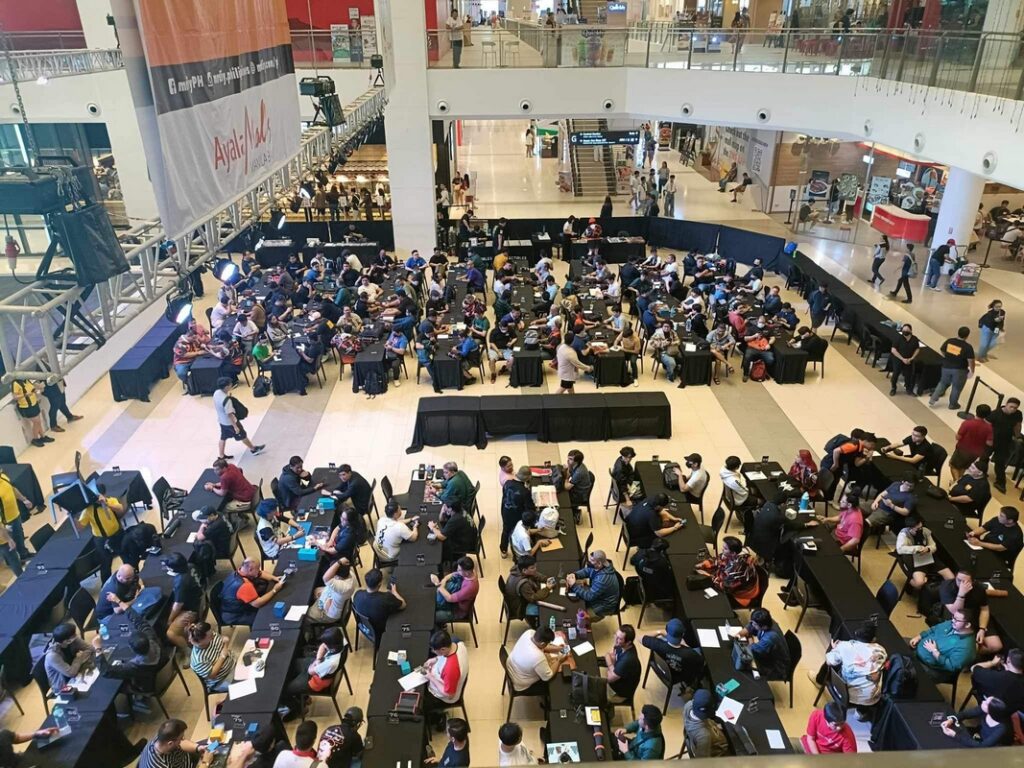
Our players have been progressively doing well each year since the game arrived a couple of years ago. Late last year, Justin Cu brought the country its very first Calling win at Taipei and became the first World Championship representative along with Carlo Ople. We’ve also successfully defended the land at the first-ever Battle Hardened held in Manila last February. In March, the Philippines sent its first-ever Pro Tour contingent to Los Angeles, and later this month, some of our players will get their first taste of a World Premiere event in Tokyo.
On the local side of things, our National Championships have been bumped to qualify 96 players from last year’s 64, and we’ll be crowning our third National Champion in June after Kampai Bustamante and Cedric Calera.
It was a whirlwind of growth during the past year or so, and the funny thing is I get the feeling that this is just the start of even greater things to come.
You Can Profit From It
Let’s go back to the cards themselves. From the collector’s side of things, the Flesh and Blood TCG has a lot to offer. Outside of the usual Rainbow Foil or Cold Foiled Legendary-rarity cards that are constantly on-demand, FaB has an even more special (and expensive) rarity—the Marvels. Depending on the card, pulling one of these can pay off for the price of a whole case itself, and collectors worldwide are always buying and having them graded, hoping for that coveted 9.5 or 10 rating.
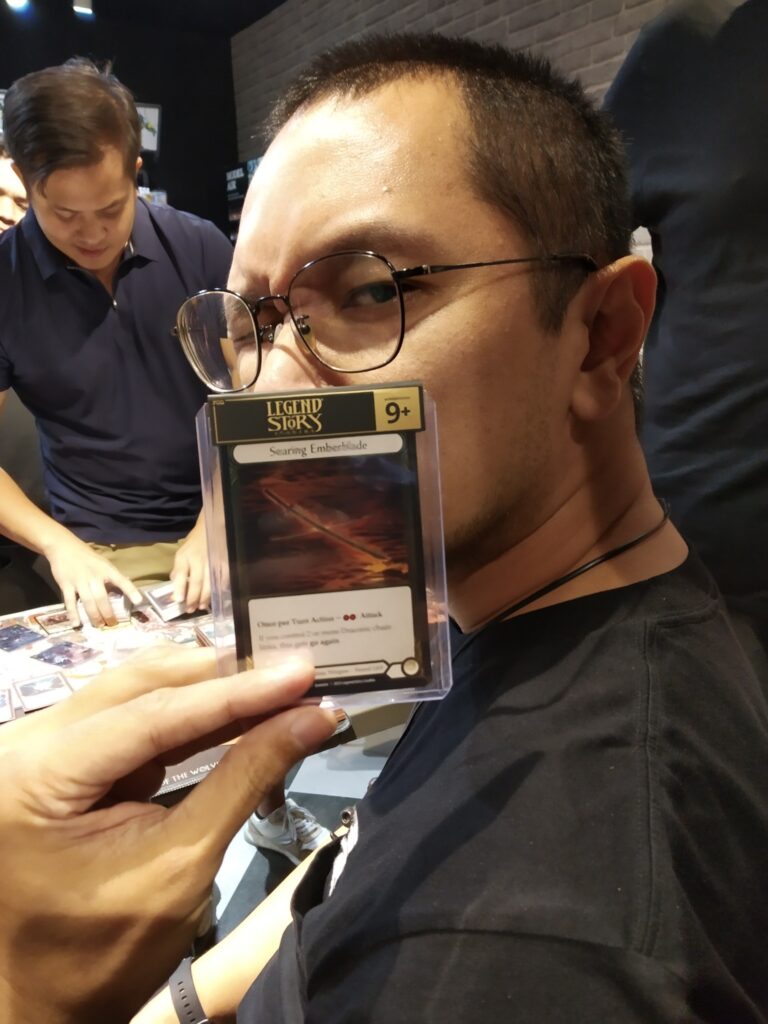
Those who are really, really good at FaB profit a lot from winning Gold Cold Foil versions of equipment that generally sell from several hundred to thousands of dollars. These can only be won through official tournaments, and I think are a fitting reward for those who take the time and effort to master the game.
For the rest of us normal folk, opening a staple Majestic or Legendary card from packs generally sells for a good amount. Some popular promo cards and tournament rewards sell decently, and rares and commons are generally cheap.
Cards Don’t Rotate Out, Heroes Do
Part of what makes FaB cards retain their value is that, at least for now, there are no rotation plans like in other TCGS, where only the latest card sets are legal for play. This means that even old cards will still find some use and might even pick up in value over time if they ever prove relevant. This also means that players can invest in their favorite Class or Hero without fearing that their collection will become obsolete after a couple of years.
In order to maintain balance, the Flesh and Blood TCG has a Living Legend (LL) system for all existing Heroes. Those who win official events earn points, and if they accumulate enough, they will ascend to Living Legend status, which means they can no longer be played in their respective formats.
But don’t worry, LSS prints out new, different versions of LL’d Heroes so you can play them again with all their class cards and specializations (and even new mechanics)!
Amazing Art and World-building
Last but definitely not least, the game is simply beautiful. From the unique card borders that represent the Class’ identity to the artwork of the cards themselves, the Flesh and Blood TCG is a visual treat. These details paint a clear picture of the different locales, cultures, and lore in the world of Rathe in which the game takes place.
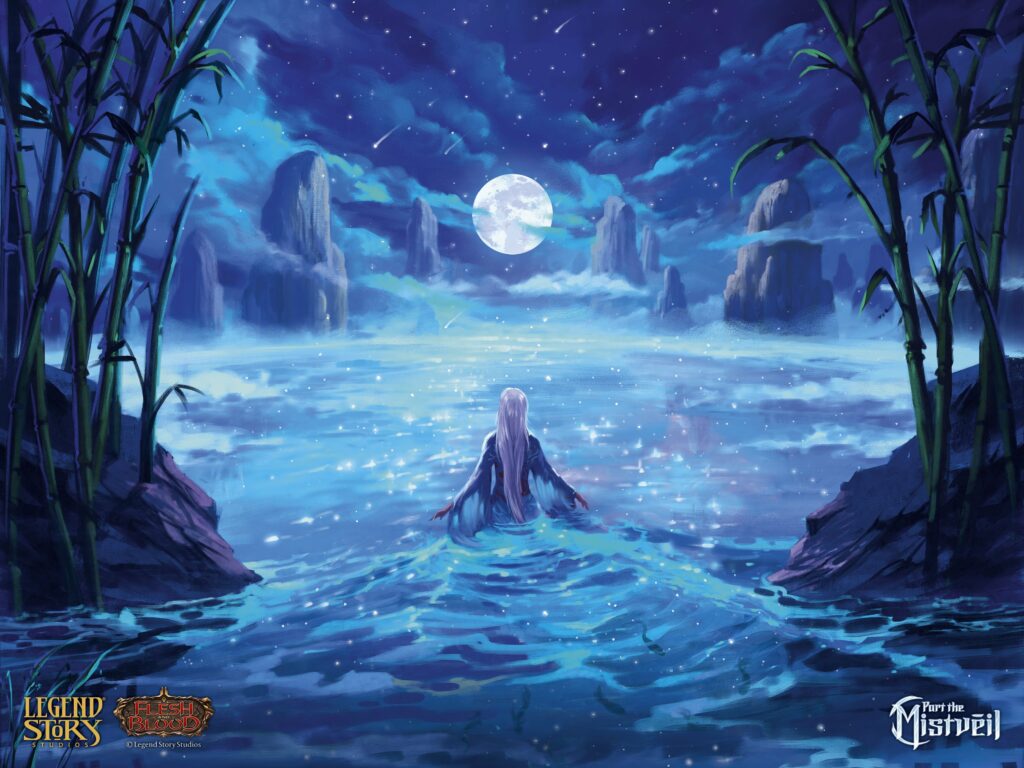
Plenty of activity happens between players and artists, from meet-and-greets, card signings, merchandise sales, and collecting limited-edition artist’s proofs to even one-of-a-kind personal commissions. Flesh and Blood TCG allows art and gaming to mingle harmoniously.
After all of these were said, FaB is just a lot of fun and a great hobby to get into. There are several Learn To Play sessions going around Manila, such as every Tuesday afternoon at Unbox Greenhills, so if you’re itching to try a chill new hobby or a new outlet to satiate your competitive spirit, look no further.
Okay, so we’ve talked about good gaming experiences, but what makes a good gaming adaptation? Check out our article below!




